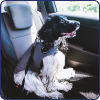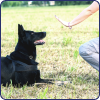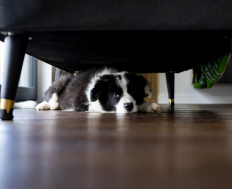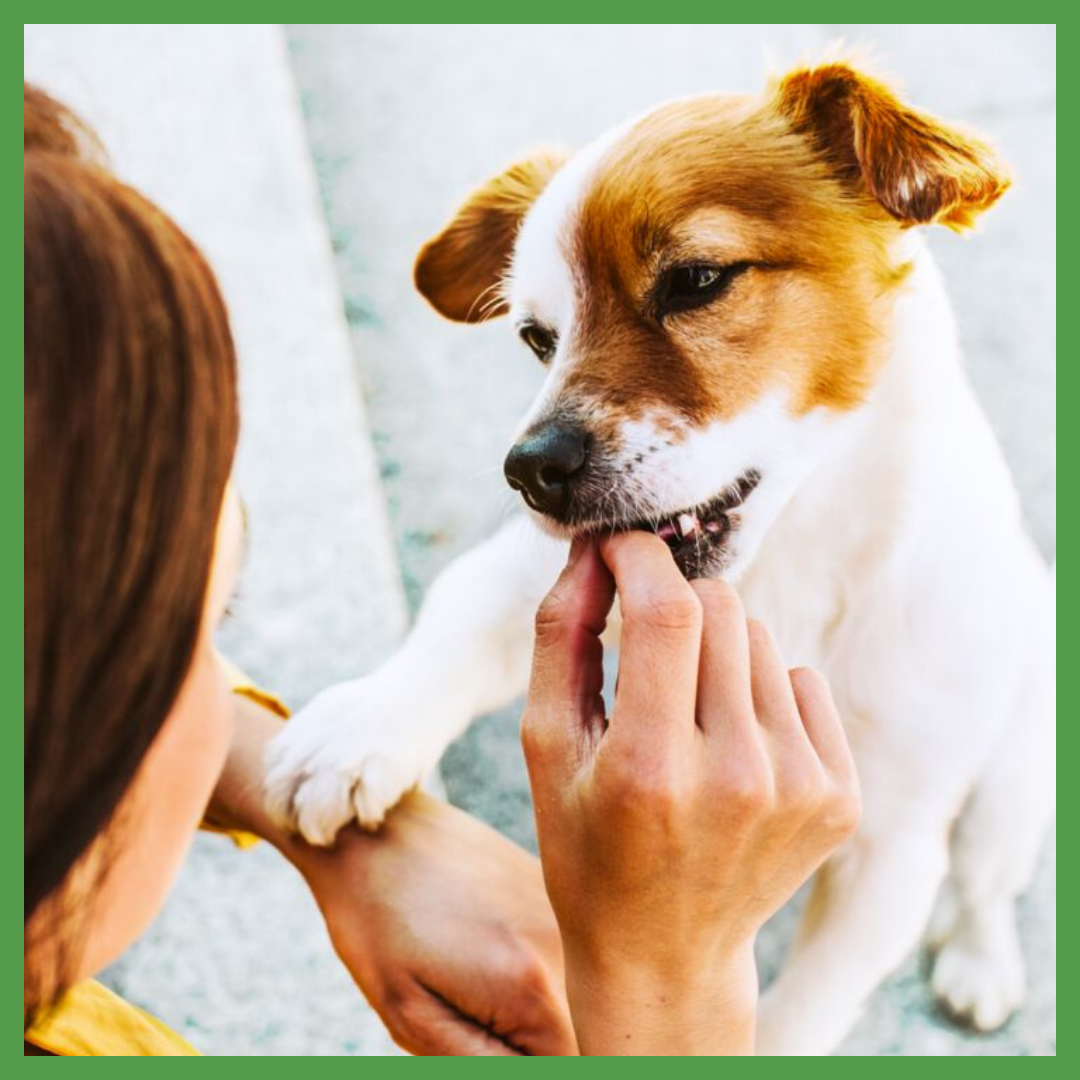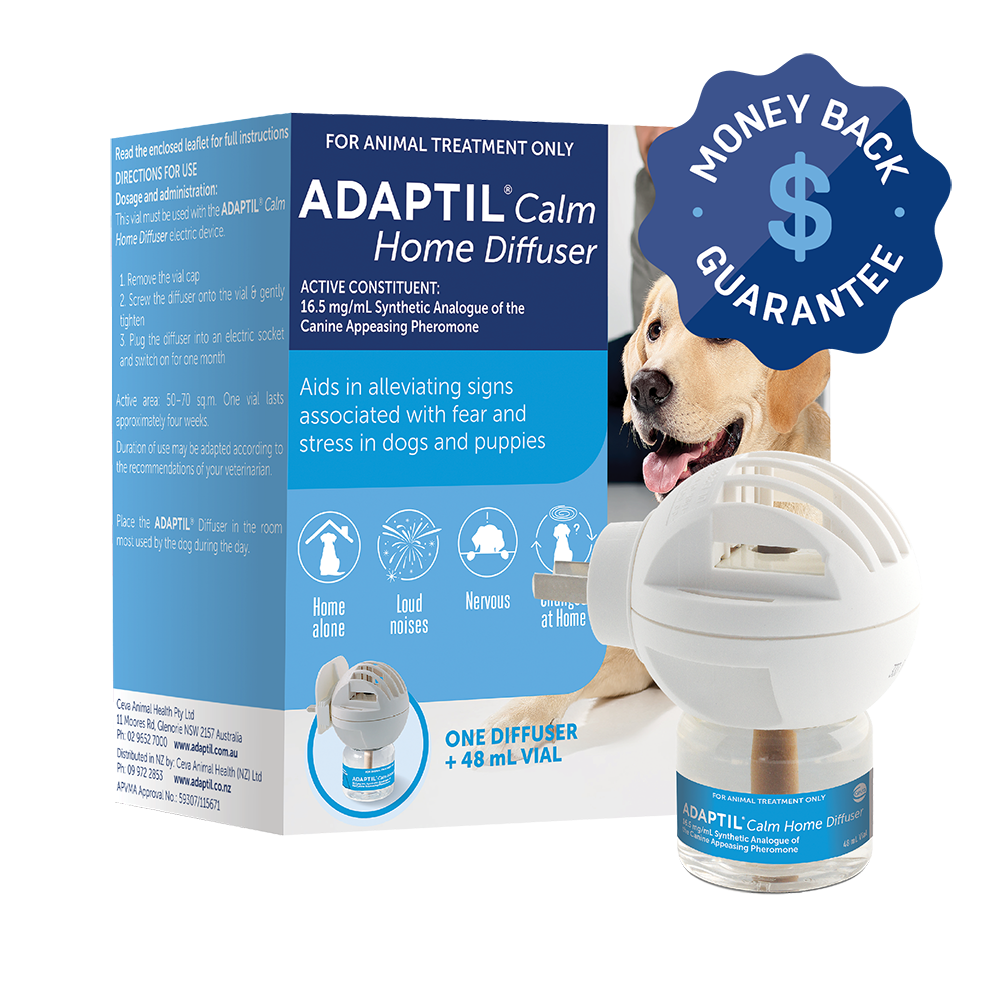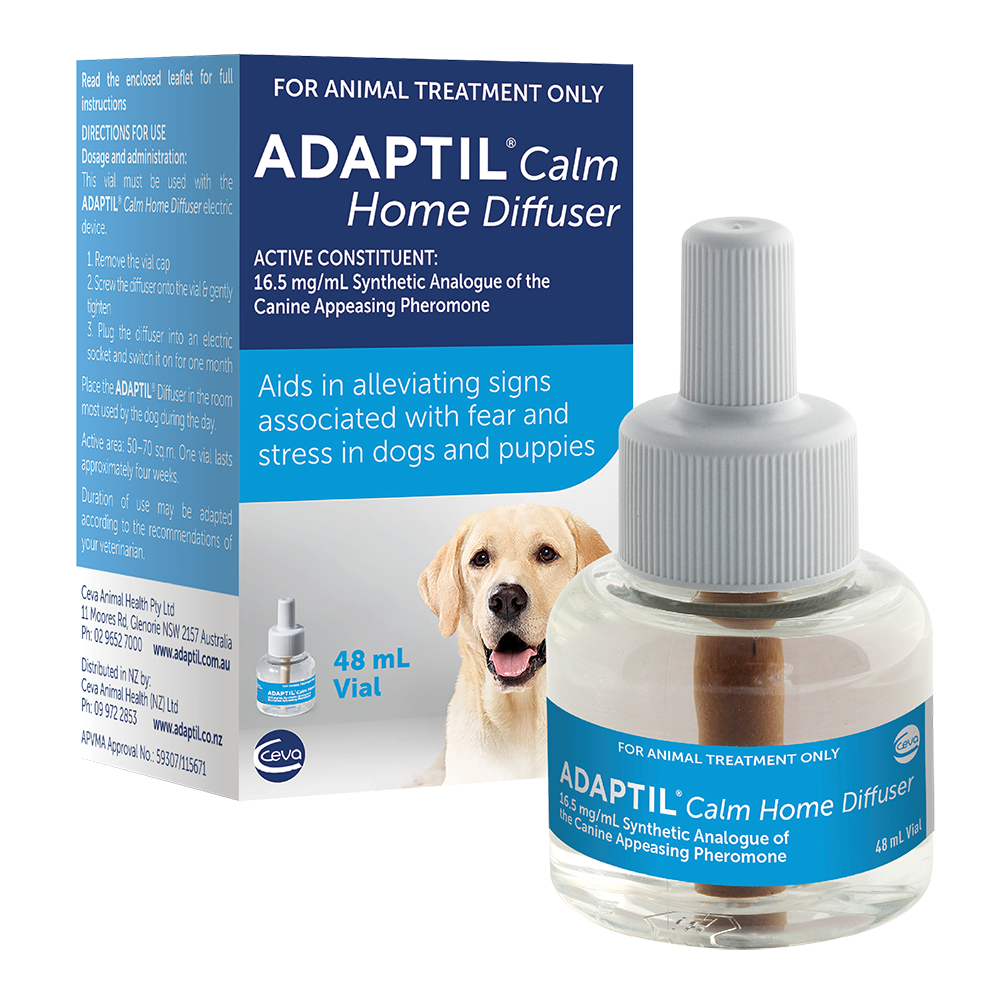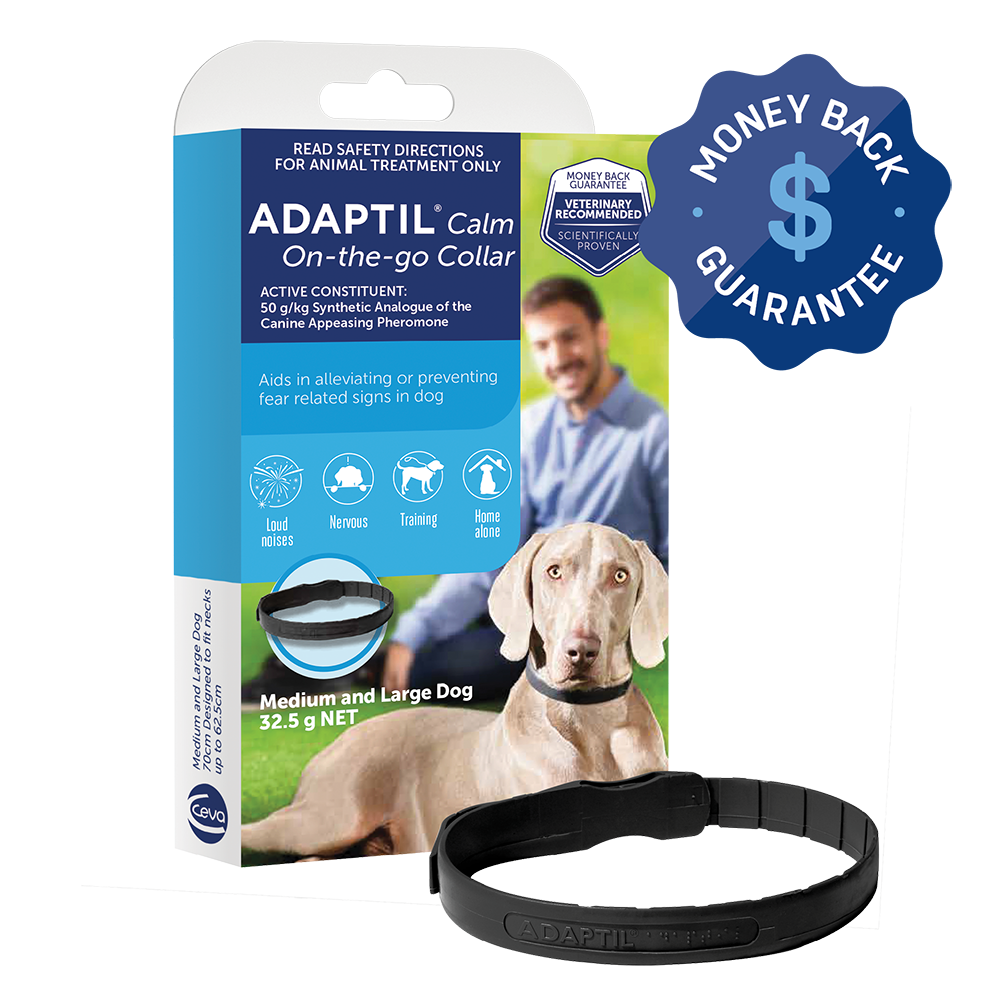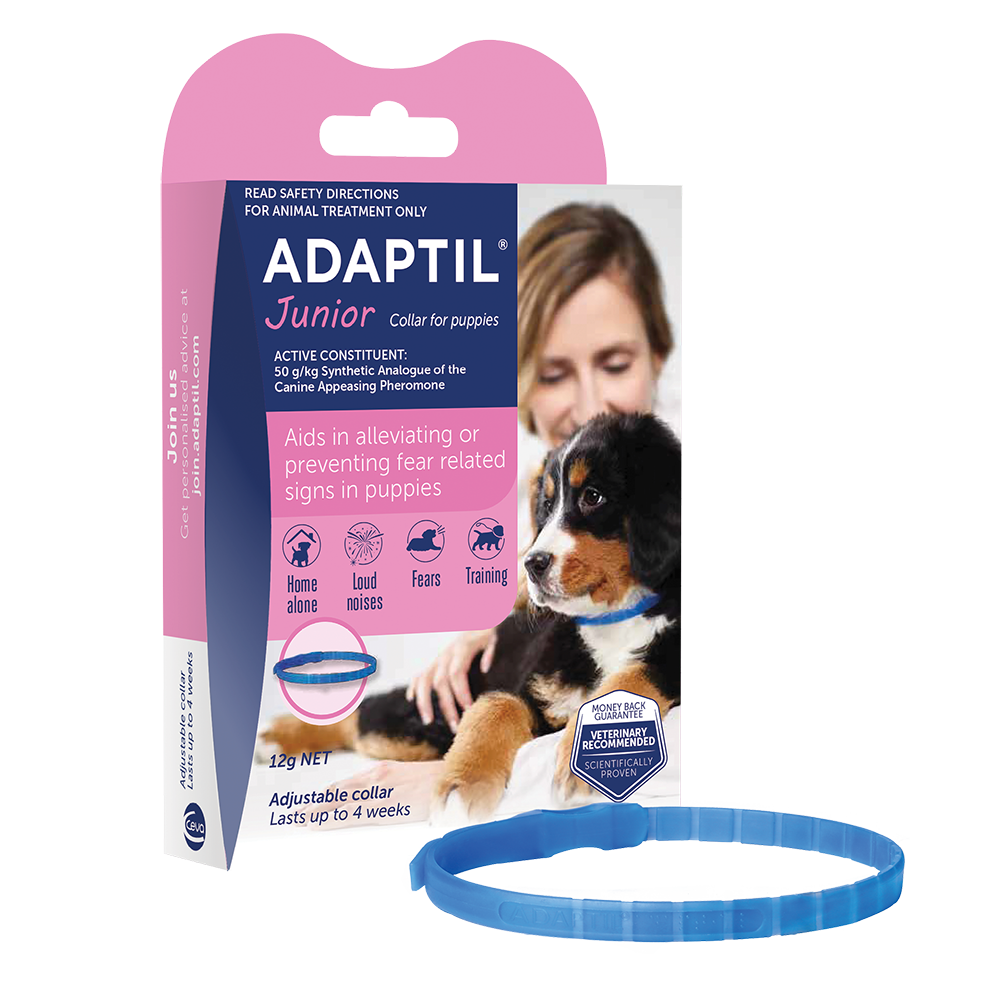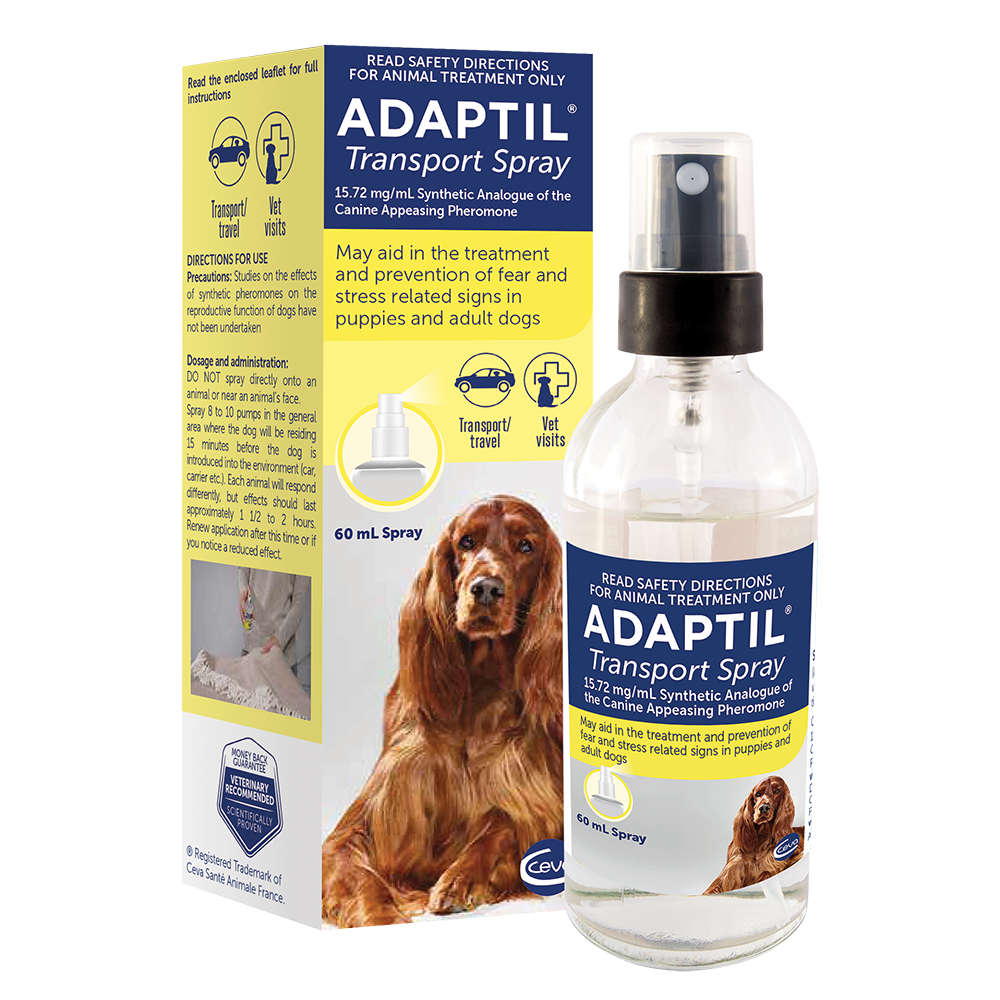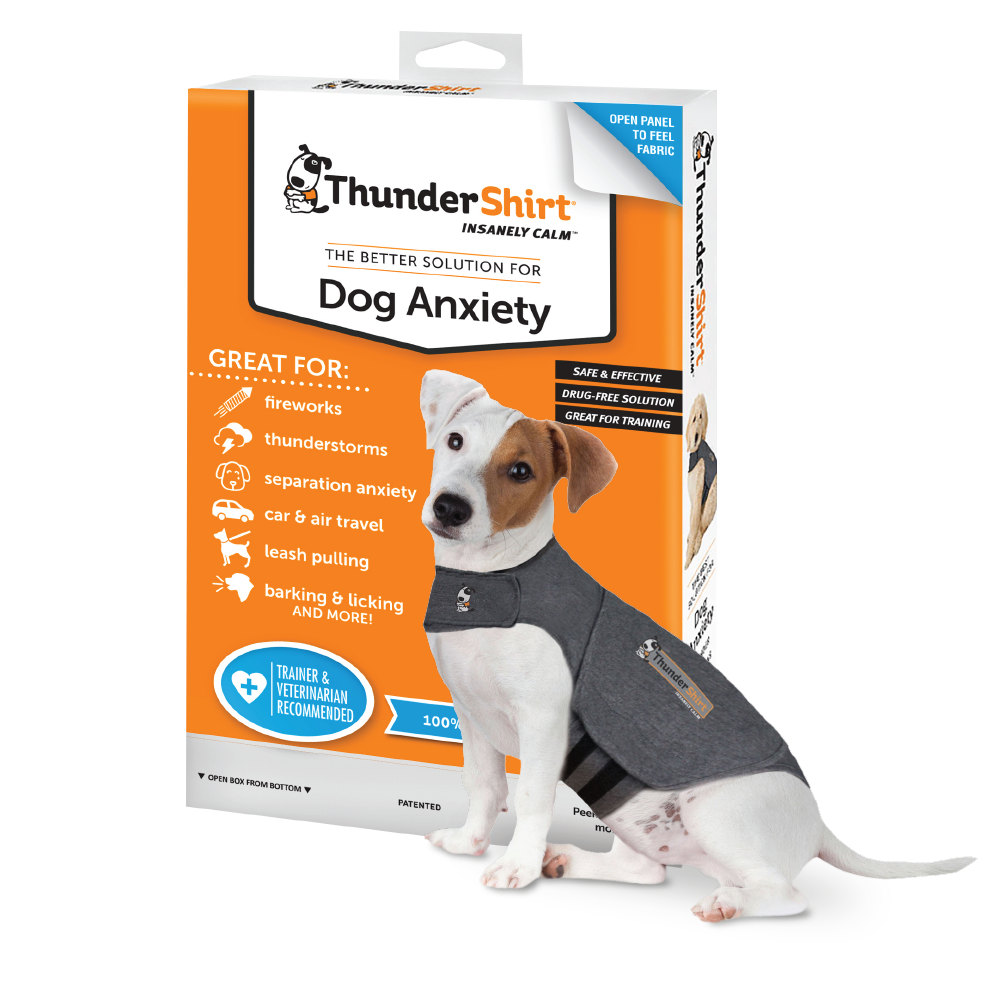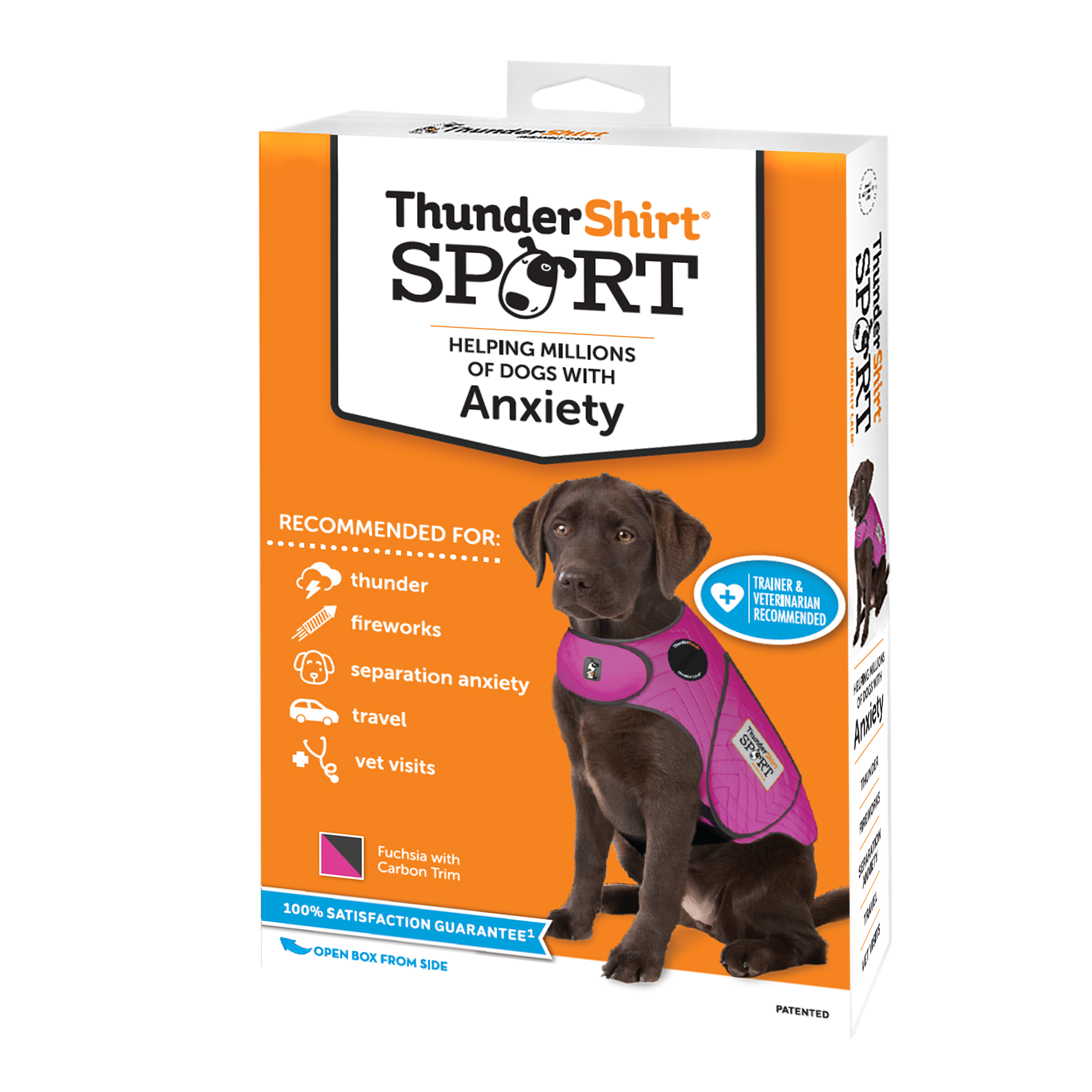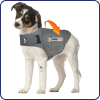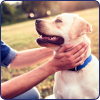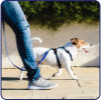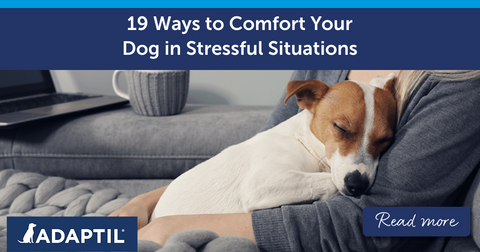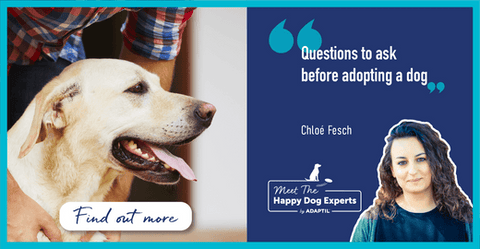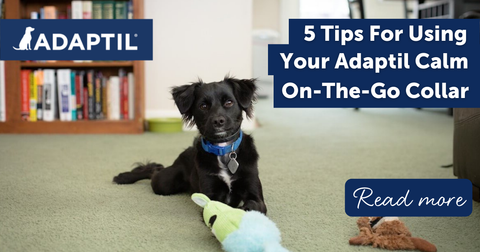Some dogs are the go with the flow type. You know the kind take them anywhere, introduce them to anyone, switch up your schedule, they just wag their tail and follow your lead. However, some dogs don't handle those transitions well at all, and may need a bit of reassurance to help them adapt to changing circumstances.
Situations Dogs Can Find Stressful
The COVID-19 pandemic is a perfect example of how transitional stress can affect canines. Dogs that were used to being home alone all day, or in doggy day care were suddenly surrounded by kids in virtual school and adults working from home. On the flip side, pandemic puppies have experienced a full house of people and will have to adjust when their family goes back to work and school.
Big transitions can include moving to a new house, bringing home a baby, or blending two families. But even changes that seem minor to us, like skipping an expected daily walk or changing a mealtime due to a late meeting, can make a dog feel their entire world is falling apart if they don't have the coping skills to adapt easily. And, when you feel stress as a result of your job or relationship, your behaviour, vocal tone, and emotions may be different from how they normally are, which can add to the stress your dog experiences.
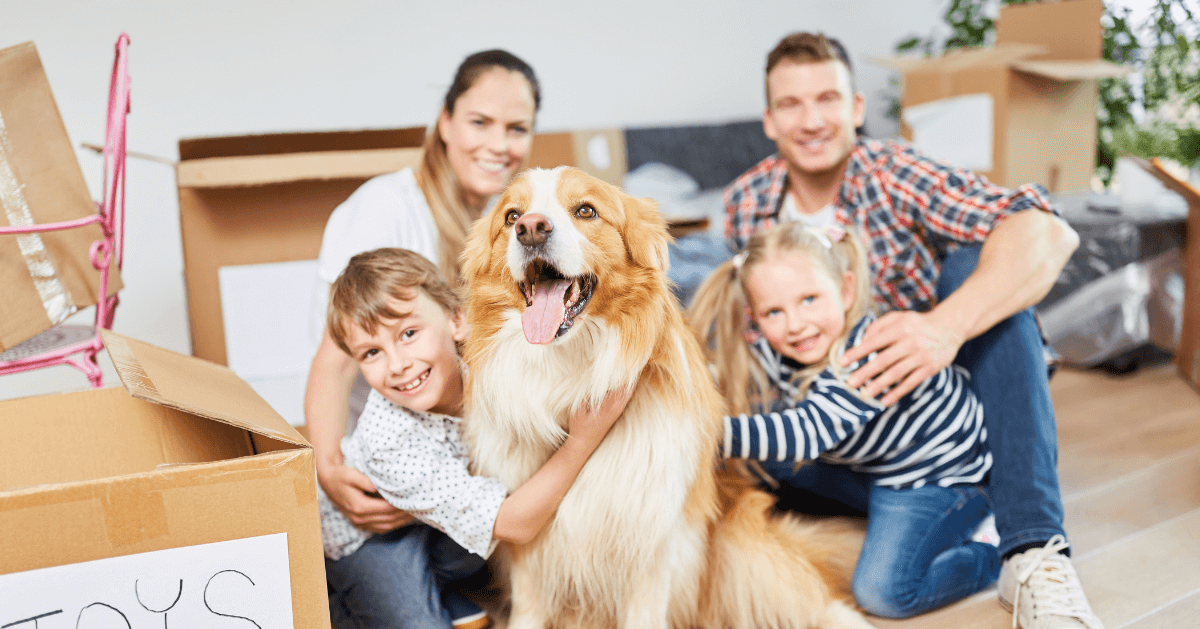
How to Tell If Your Dog Is Stressed
It may be tempting to decide what is likely to stress out your dog based on your own experiences. Instead, focus on your pet's behaviour, social interactions, and body language. What should you watch out for? Signs of stress in your dog include a tucked tail, ears pulled back, pacing, panting, whining, jumpiness, yawning, lip licking, horizontal lip retraction (you'll see their front and back teeth), or whale eye (you'll see the whites of their eyes).
Changes in behaviour and social interactions could include clinginess or avoidance that isn't normal for your dog. Your dog may not want to go for a walk. They may want to sit on your lap nonstop or hide in another room. Your dog may not play as much, may urinate or defecate in the house, or refuse to go outside. They could also have a change in appetite or act strangely with someone in your household. You may notice an increase in self-soothing behaviours, such as excessive licking or chewing.
As intelligent as dogs are, they tend to live in the moment. That means whatever behaviour or body language change you are noticing, it is likely related to what your dog is experiencing then and there not what happened two hours ago. And that can help you to identify and avoid situations that are beyond what your pup can currently handle.
How a dog handles stress is different for every dog. However, the characteristics of their breed can sometimes play a role. For example, working breed dogs often benefit from receiving direction and guidance from their owners. Herding breed dogs are often a bit more in tune to sudden environmental changes and are often very routine oriented (this can show up as noise or movement sensitivity, or chaos intolerance).
But every dog is an individual, so remember that breed alone does not predict or define their behaviour.
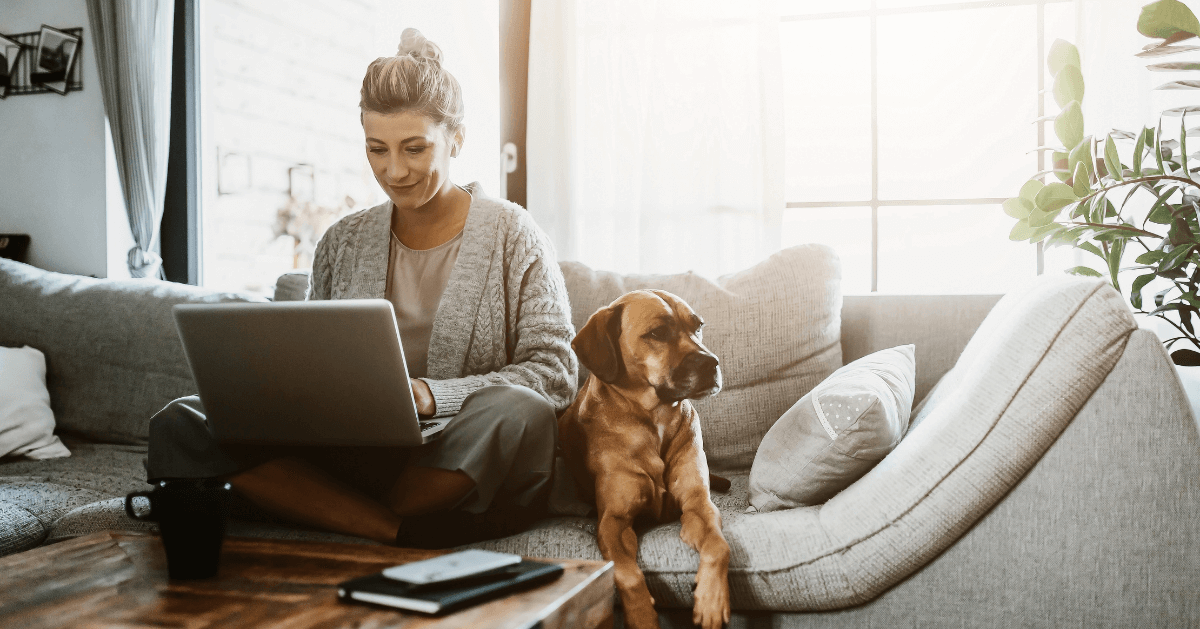
How to Help Your Dog Adjust to New Routines
Once you notice your dog is experiencing transitional stress, how can you help?
First, it helps to understand how anxiety works in dogs. Your dog feels stress when they are anticipating a threat. They are like the runner in the starting blocks before a race, unsure when the starting pistol will fire, and ready to burst forward as soon as action is needed.
Give your dog time to process what is happening in their environment. Then, help them establish a degree of predictability, safety, or control over what happens next.
Giving dogs a choice between acceptable options just like you might do with toddlers helps them regain a sense of control. You can do this by tossing three toys on the floor and letting your dog choose one. You can hold up your dog's leash and see if they walk over to be leashed. If they stay put or leave the room, that's OK; your dog has told you they don't want to go for a walk right now.
You can likely build a new routine faster for your dog by tapping into preexisting and familiar sequences. For example, maybe you need to change the time of your dog's walks due to work commitments. To allow them to adjust, keep the same sequence. This could include heading to the back door, putting on your shoes, getting out the leash, and asking your dog to sit. Your dog will feel comforted because they know what is about to happen, even if it's a different time or in a new house.
As your dog adjusts to a change, remember to go at their pace! It could take a few weeks or more for your dog to acclimatise to their new normal. Go slow and don't try to force the adjustment.
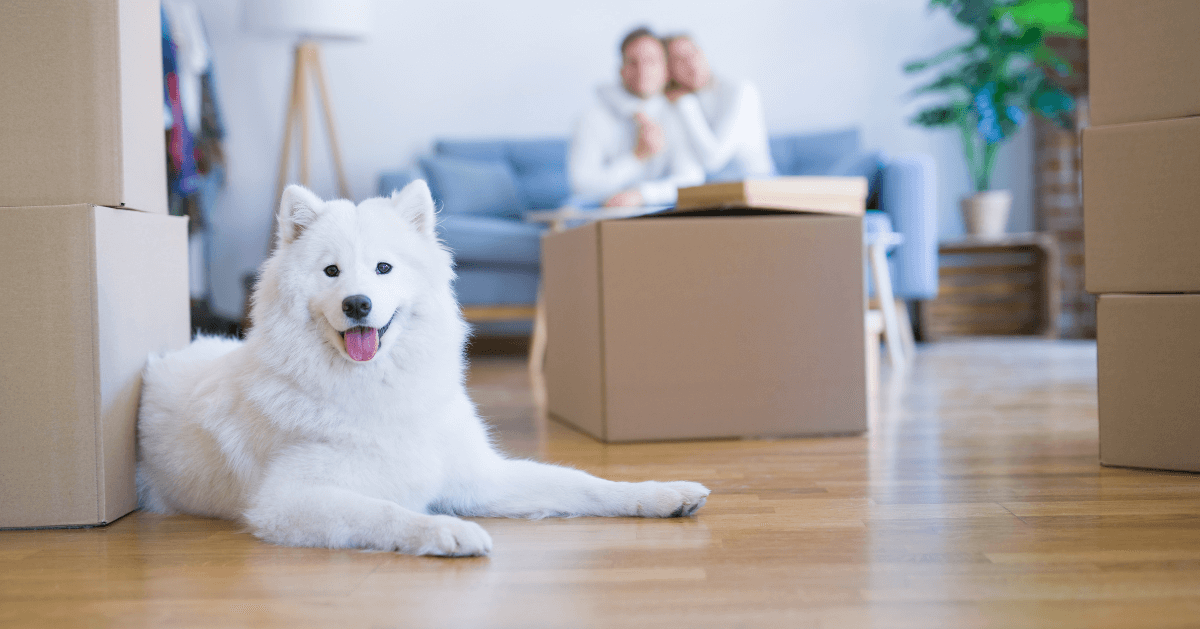
How to support your dog
Pheromone products, such as ADAPTIL, which is available as a collar, diffuser and spray, provides comfort and support to your pooch, helping them adjust and reassuring them through new situations - such as training and changes to routine, travel to the vet, staying home alone, and more.
Supplements or over-the-counter remedies may also help calm your dog, but check with your veterinarian if you have any questions about safety. If more profound support is needed to help your dog adjust, prescription anti-anxiety medications from your veterinarian are also an option.
Keep in mind that any of these supportive options should be used in combination with environmental or behaviour modification strategies for the best effect.
As your dog experiences changes over the years, it's up to you to recognise and take care of their unique needs. You can manage their exposure to stressors and help them navigate new situations comfortably as they arise, to help them live a happy, healthy life.


